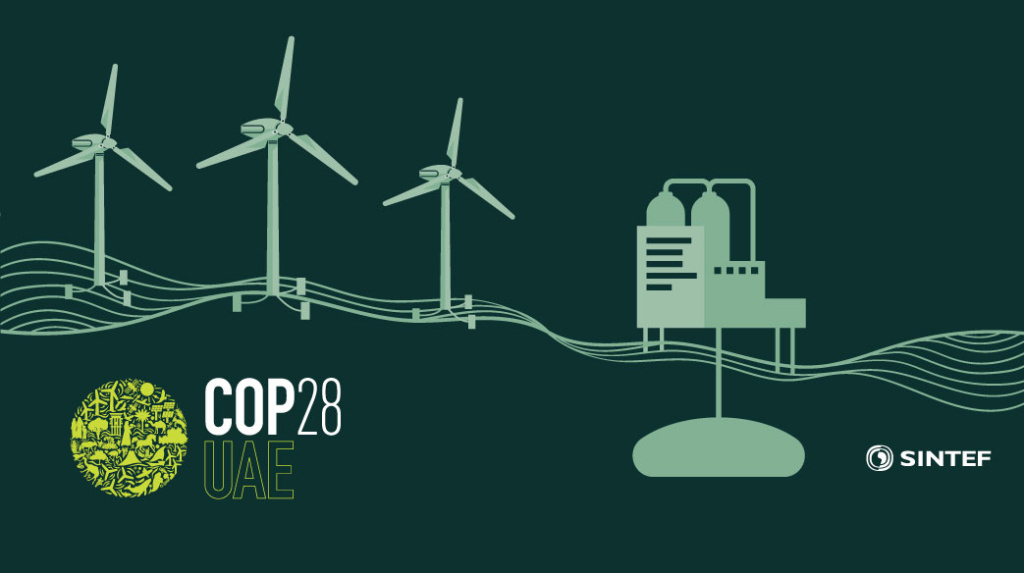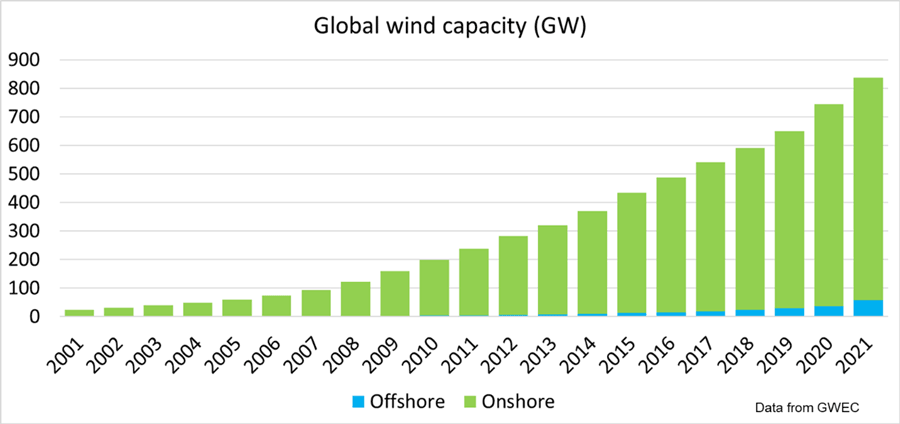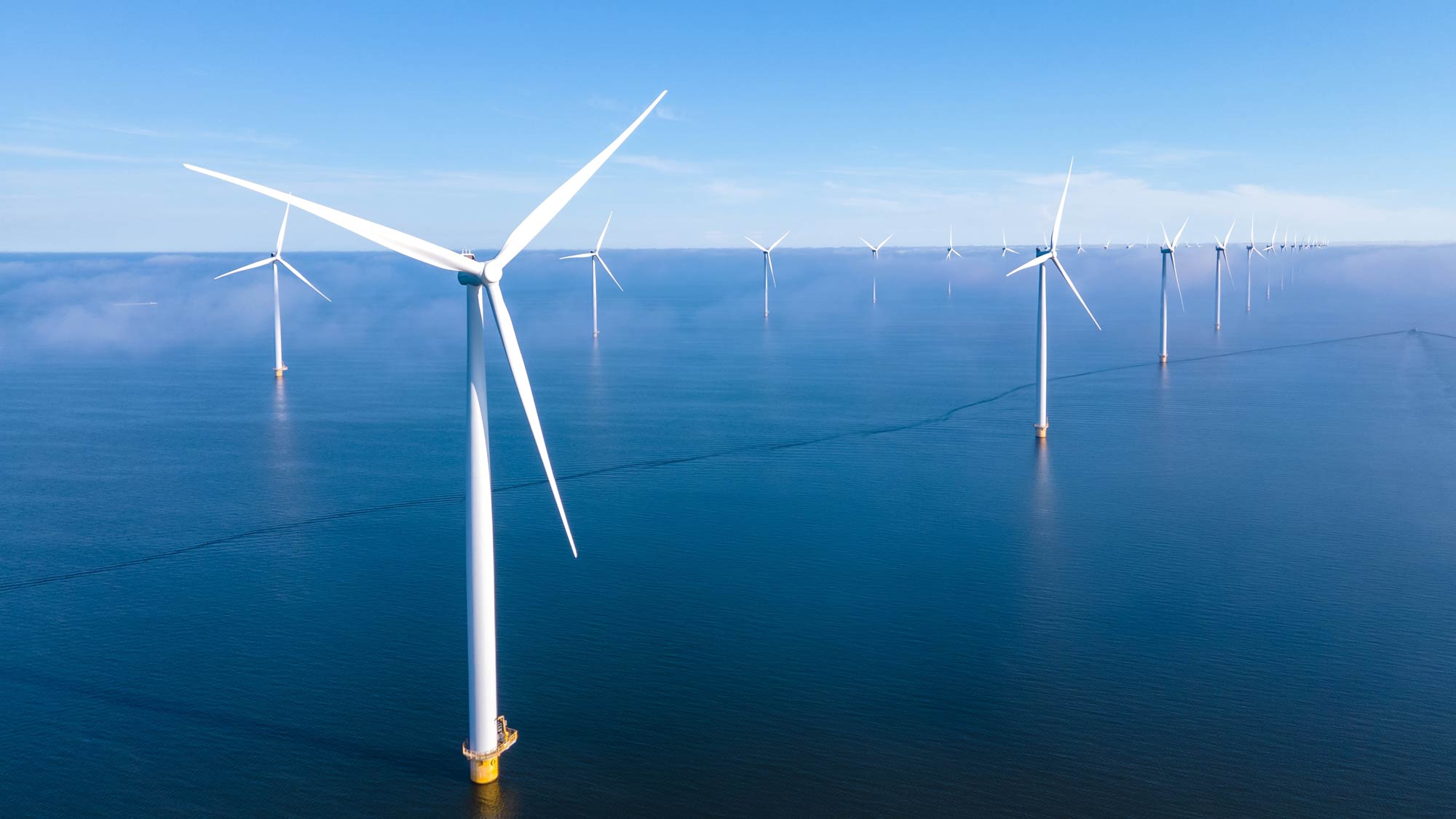In one of the most widely supported initiatives of this year’s UN Climate Summit, COP28, 118 governments pledged to triple the world’s renewable energy capacity by 2030. A large portion of this extra renewable capacity is expected to come from offshore wind. Getting there will require a concerted research effort by the international community, to help bring down costs and ensure the development is carried out in a sustainable way.
COP28 recommendations to scale up offshore wind capacity
- Continue and reinforce the North Sea collaboration (NSEC) on the development of offshore wind.
- Provide predictability to the industry with the development of a roadmap for the development and construction of offshore wind, including annual announcements of offshore wind areas for development.
- Ensure the development of the power grid and power system for efficient integration of offshore wind and other renewable energy sources, hydrogen, and hydropower.
- Develop technologies and solutions that ensure that the development of offshore wind can occur with respect for nature and in positive coexistence with other users.
- Strengthen international collaboration in offshore wind research and innovation. In Europe, this means the establishment of a European Centre of Excellence on offshore wind that addresses floating offshore wind and large-scale integration. This will help better coordinate national efforts to prevent multiple countries expending resources to address identical challenges separately.

The problem
The installed offshore wind capacity in the world constitutes only a small fraction of the total wind power capacity, but the potential for offshore wind is many times greater than the world’s total electricity consumption. Offshore wind can be developed on a large scale near major load centres, without the same types of conflicts and environmental impacts associated with onshore wind power.
In Europe, the goal of the countries neighbouring the North Sea is to increase from a total of 30 GW of installed offshore wind capacity in 2022 to 300 GW by 2050. This will provide large amounts of emissions-free energy – essential to meet climate goals. 300 GW of offshore wind will generate over 1000 TWh of electricity annually, which corresponds to an annual reduction of over 1000 Mton of CO2 if this electricity replaces coal power, and 500 Mton of CO2 if it replaces gas power.
The total investments required to develop 300 GW of offshore wind will be in the order of 1000 billion EUR. The major challenge is that development is progressing too slowly, both for the North Sea countries and globally. The North Sea countries need to increase the pace of development so that 15 GW of new offshore wind capacity is put into operation every year for the next 20 years. On a global scale, the need is 4-5 greater.

The cost of offshore wind has consistently dropped until just a few years ago, when it started increasing again (like the costs of other energy technologies) due to both Russia’s invasion of Ukraine and an upheaval of the global economy with increased prices for raw materials, capital and labour. Several major players are taking big losses, both in the supplier industries and in the developer sector. Offshore wind auctions have been conducted where no bids were submitted. This trend must be reversed to profitability.
The solution
Onshore wind power has grown into a large industry that annually installs 50-100 GW of new capacity. It is fully possible to attain a similar pace of development with offshore wind, but it will require the development of industry and supply chains, infrastructure, and expertise. In addition, the development must take place in a way that respects nature and people.
Predictability is a prerequisite for developing industry and supply chains. The industry depends on seeing that there is a long-term market in order to invest in new production facilities.
The designation of areas for development and the modalities of the auction process are of crucial importance. The current system of auctions mainly prioritises price per kWh, which indeed puts pressure on price, but does not necessarily provide a basis for increasing production capacity in the industry or ensuring the most sustainable development possible, for example with regard to the environment and coexistence. Putting pressure only on price can provide short-term gain through record low prices for new power, but risks impoverishing the industry and perpetuating the current situation where major suppliers are losing money and there is a lack of capacity in the supplier industry.
A comprehensive and enhanced focus on research, innovation, and education is a prerequisite for success with the ambitions within offshore wind. Knowledge, new technology, efficient solutions, and a workforce with the right expertise are absolutely central success criteria.
Leading European research institutions, in collaboration with large industrial companies, have identified the need for a powerful commitment to research in offshore wind. Two areas have been identified as particularly important: floating offshore wind and large-scale integration of offshore wind into the power system. The vision is that offshore wind will be a cornerstone of the future energy system, developed while respecting nature and society, and providing clean and affordable energy to all.









Comments
No comments yet. Be the first to comment!